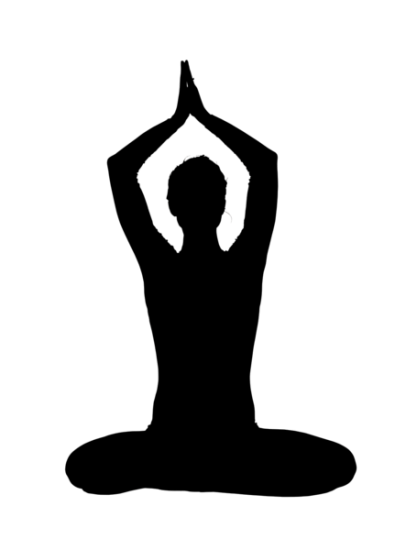 During a recent class at the Yoga Center of Minneapolis, I did a head count: 13 women and three men, including myself. This kind of ratio has been a normal experience for me. In fact, in the hundreds of yoga classes I have taken in studios across the Twin Cities metro area, there have been at least a few dozen times that I have been the only male participant. It wasn’t surprising to learn that Yoga Journal’s 2008 market study found that over 72 percent of American yoga practitioners are female. However, it did lead to me question why so many more women practice yoga than men.
During a recent class at the Yoga Center of Minneapolis, I did a head count: 13 women and three men, including myself. This kind of ratio has been a normal experience for me. In fact, in the hundreds of yoga classes I have taken in studios across the Twin Cities metro area, there have been at least a few dozen times that I have been the only male participant. It wasn’t surprising to learn that Yoga Journal’s 2008 market study found that over 72 percent of American yoga practitioners are female. However, it did lead to me question why so many more women practice yoga than men.
As a member of yoga’s gender minority, who has practiced for over a decade and is now certified to teach, I have often wondered if there is more behind the gender divide, as well as the heavy focus on asana practice in North American yoga. While members of many spiritual and religious communities tend to emphasize the transcendent at the expense of the physical, the predominant theme amongst yoga practitioners appears to be the opposite. Whereas Zen students often get lost in their heads as they strive for enlightenment, the average yoga student is fixated on the appearance and general mechanics of their bodies. Given this contrast, I have wondered: Is it simply a coincidence that yoga has become a body centric and overwhelmingly female practice?
Simply put, humans have become too alienated from our own planet. It’s notable that yogic practices developed around the time this alienation seemed to be forming. Buddhism came later, with Zen forming as an offshoot some 1500-1600 years ago. For all the benefits we have received from agriculture, as well as the development of cities and societies, much has also been lost. The litany of abuse people have unleashed upon the earth, especially in recent centuries, is clearly a sign of deep disconnections, so deep that for some that they might destroy the entire planet in the long term, if it meant big material profits in the short term.
Probably from the beginning, this disconnection has been tied to the oppression of women. Ecofeminist Susan Griffin suggests that we have been living in a “bifurcated system” where the natural world has been turned into something in need of “mastery and domination.” In this system, emotions, vulnerability and tenderness have become “forms of submission.” In the process, women have been socialized “to be more connected with the body than are men, for whom this connection represents a threat.” Even the very ways in which we conceptualize and relate to the Earth have been greatly distorted, and used “to justify the social construction of gender.”
In the end, yoga and Zen are both paths of healing and of awakening to our true nature. Over the centuries, they have evolved in response to the needs of the people of that given time period. Today, more and more people are sensing something is off in their lives, and in the world, and are making an effort to right the course. This is wonderful. However, it is important to develop a mind of experimentation, recognizing not only that gender differences need be taken in consideration, but also that righting our collective relationship with the Earth must be moved to the forefront. The times are calling us to both reconcile ourselves, and reunify with the Earth itself. May we use our practices as a laboratory of healing, so that we may awaken to the fullest expression of our lives.
Image Credit
Silhouette Yoga at Wikimedia


Please Share Your Thoughts - Leave A Comment!